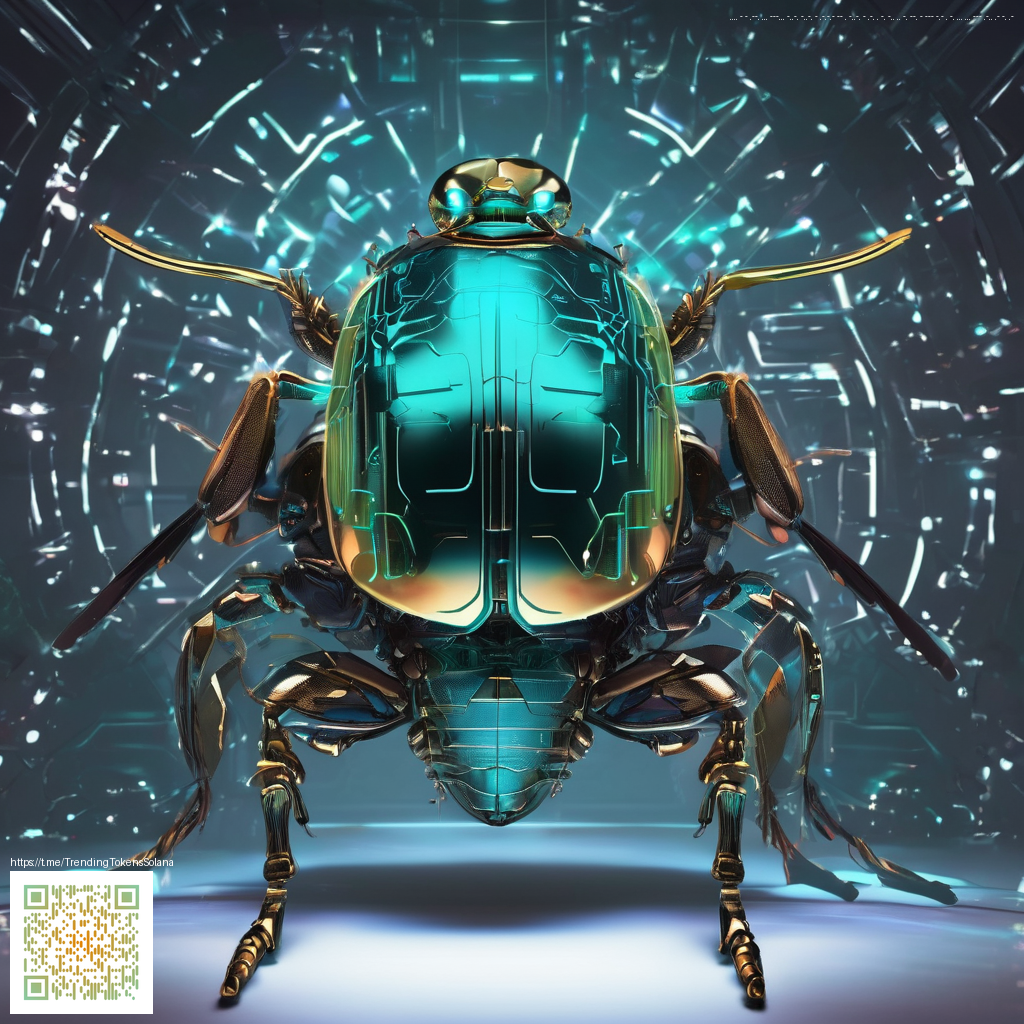
Texture-First Branding in Action
Texture is more than a visual ornament—it's a language you can feel. In a crowded marketplace, brands that couple color with tactile cues create a more memorable, differentiated experience. When customers run their fingers over a surface, see a tactile effect in a logo, or even perceive a subtle change in a product’s finish, they form a stronger emotional connection. Texture anchors your story in the real world, turning abstract brand values like "premium," "playful," or "rugged" into concrete sensations.
Texture works across touchpoints: the way a product feels, the finish of its packaging, and the way digital visuals read on a screen. By aligning texture with your brand story, you can guide expectations without saying a word. For example, a brand that champions craft and durability can lean into embossed patterns on packaging, a soft-touch coating on the product exterior, or a fabric-like feel on a user-facing surface. When done consistently, texture becomes a portable asset—one that travels from product to product and from shelves to screenshots.
Practical Ways to Incorporate Texture
- Material choice matters. Select surfaces and finishes that echo your brand personality—matte for understated elegance, soft-touch for approachable luxury, or a subtle grain for rugged reliability.
- Layer texture with color. Texture can enhance color by providing contrast in light reflection. Pair neon tones with a tactile mid-layer to avoid flat, one-note visuals.
- Embossing, debossing, and foil. Add logo marks or patterns through raised or recessed elements, or use foil accents to catch the eye in print and packaging.
- Edge and seam treatment. Finished edges, micro-siping, or stitched details can elevate a product’s perceived quality without adding bulk.
- Digital texture cues. Translate physical texture into digital language with micro-patterns, noise textures, and subtle shading to create depth in product photographs and lifestyle imagery.
A tangible example to study is the way branded hardware or desk accessories leverage texture to stand out. For instance, experimenting with a Custom Neon Rectangular Mouse Pad 9.3x7.8 in can show how texture interacts with bold color. A textured surface can improve grip during use, while a distinctive edge finish or subtle branding texture communicates care and attention to detail to the user. This kind of texture-driven storytelling can be replicated across product lines to reinforce your brand voice without extra copy.
If you’re building texture-led branding from scratch, a good starting point is auditing existing touchpoints through the lens of tactility. Ask questions like: Where does a texture reinforce function? Where does it elevate perception? How does it read in photographs, on video, and in person? A helpful resource that discusses broader implications of texture in branding can be explored further here: Similar content and case studies.
“Texture is a storytelling layer that adds personality at the speed of touch.” It can be subtle as a whisper or bold as a badge, but either way, texture makes your product feel intentional.
Beyond product surfaces, texture should influence packaging, digital assets, and retail environments. Consider how your brand would appear on a shelf, in an app, or in a social post if every texture choice aligned with a single brand promise. The result is cohesion: a brand that feels coherent in every possession, not just in every advertisement.
Texture as a Framework
To operationalize texture, develop a texture brief that pairs sensory cues with brand values. Include recommended materials, finishes, and application methods for each product family. Use mockups and physical prototypes early in the design cycle to validate how texture communicates your message in real-world use. Your texture strategy should evolve with the brand—new textures for new lines, while preserving core cues that customers recognize and trust.